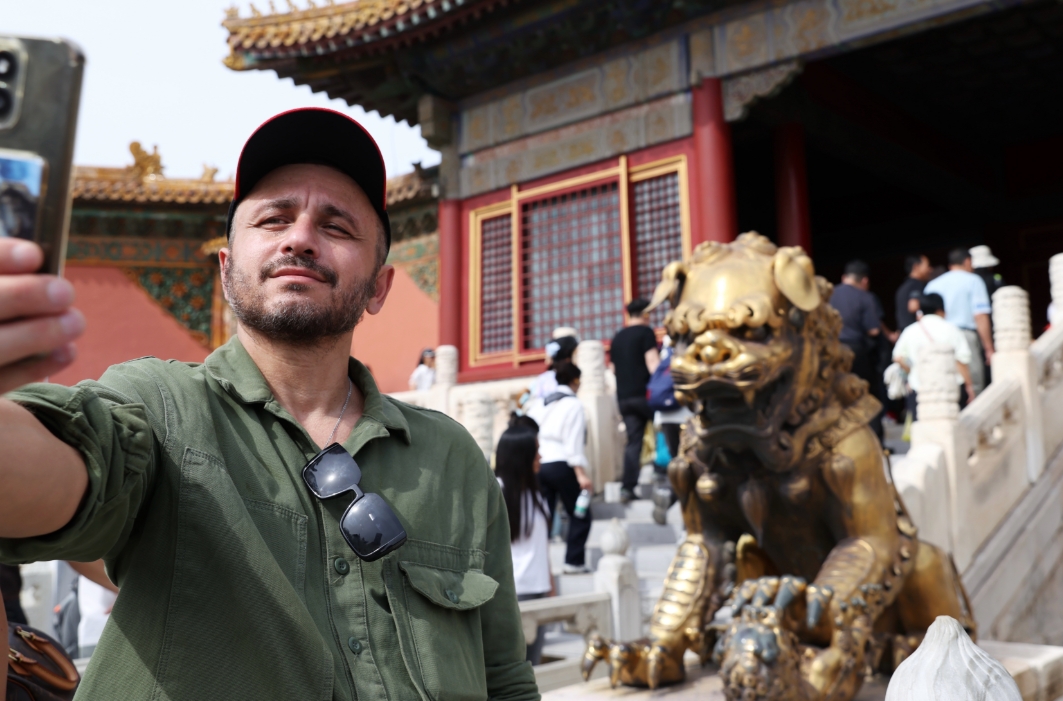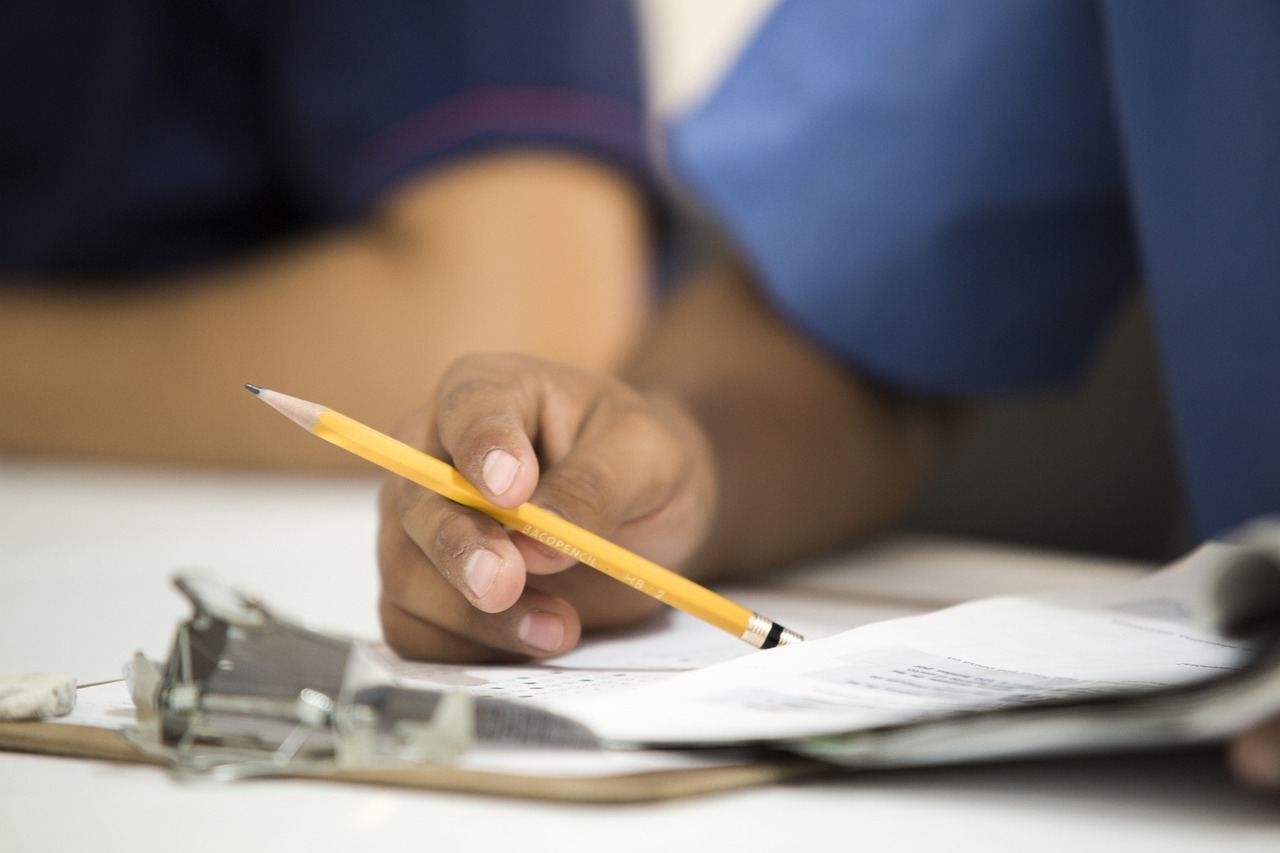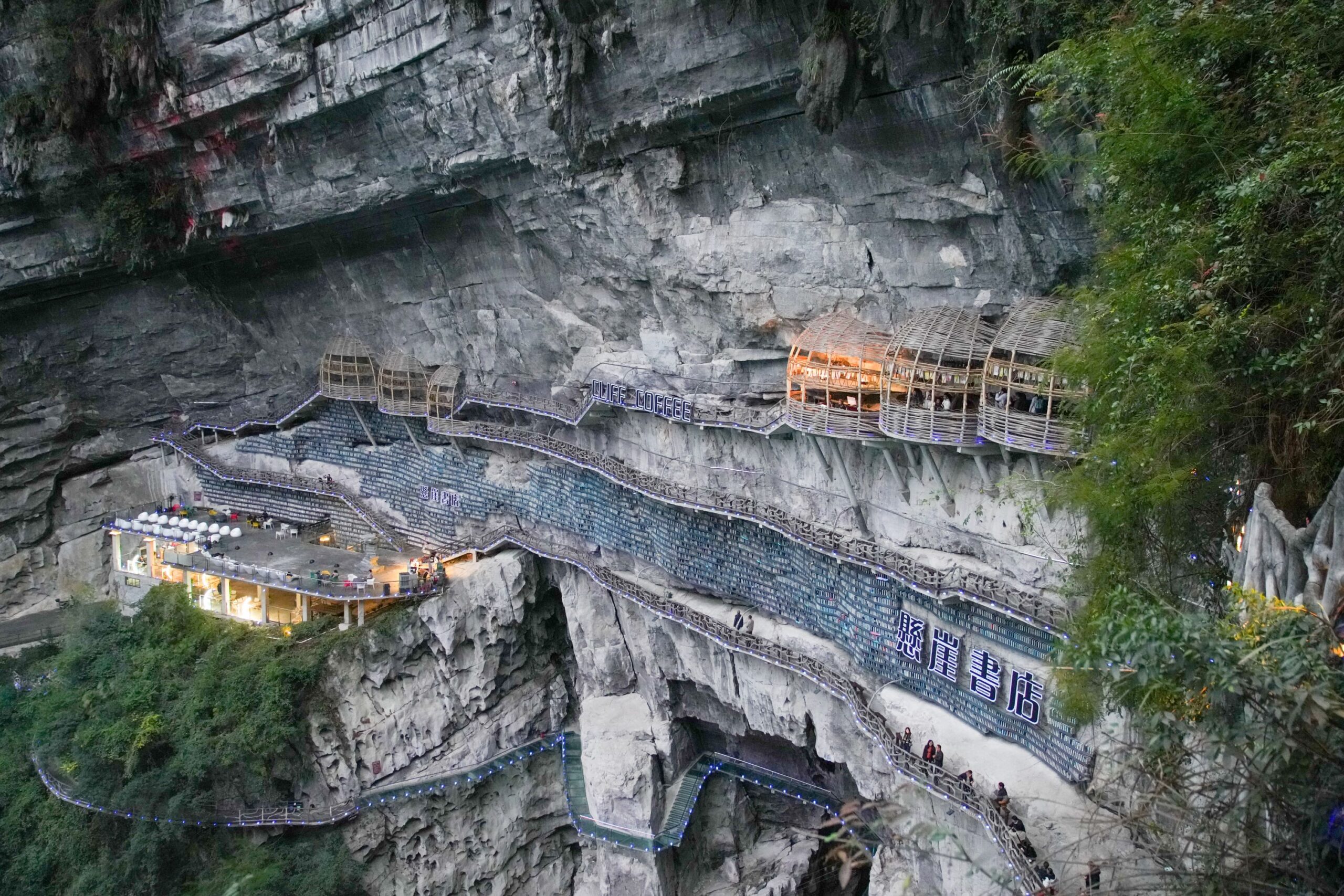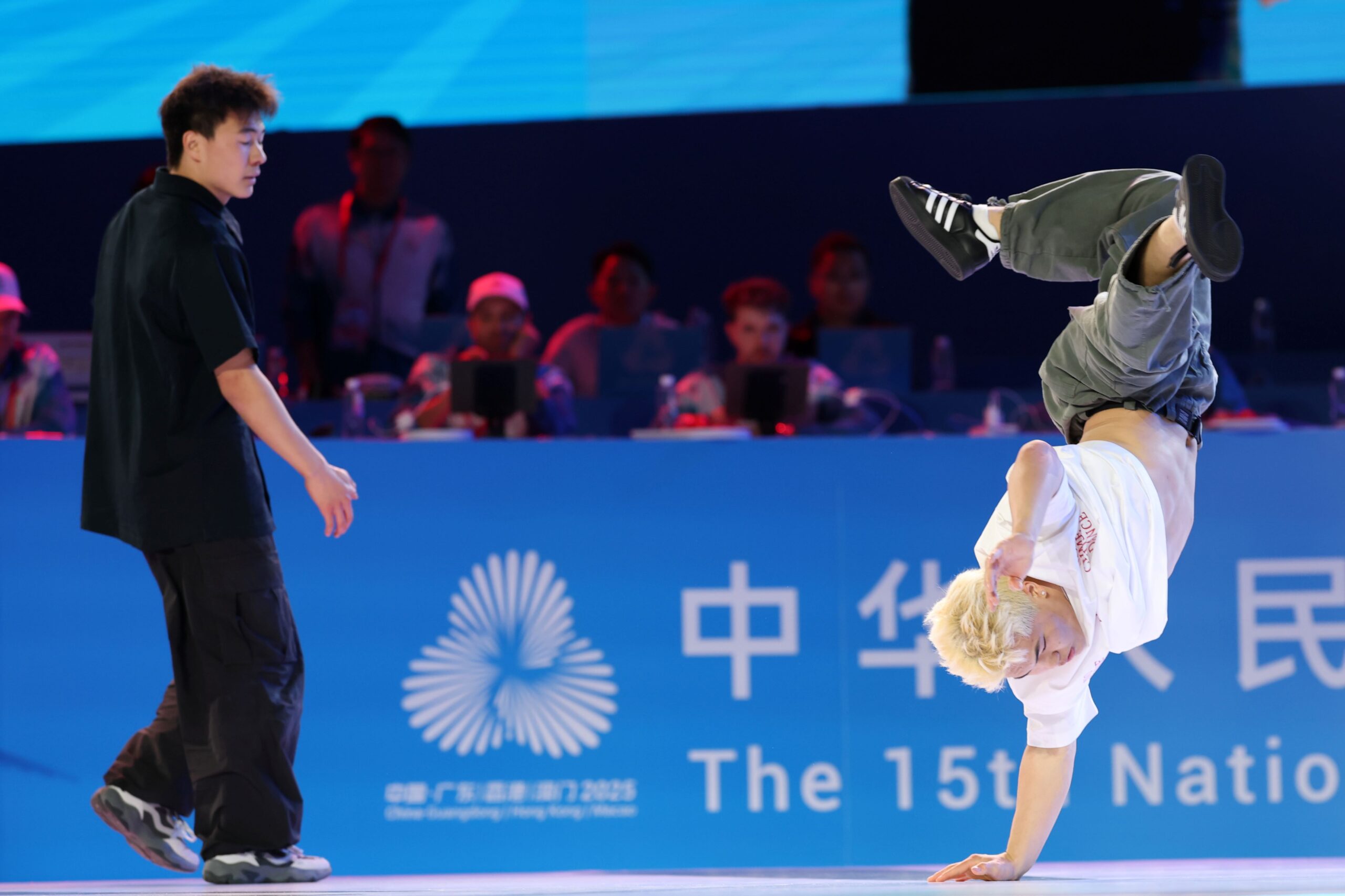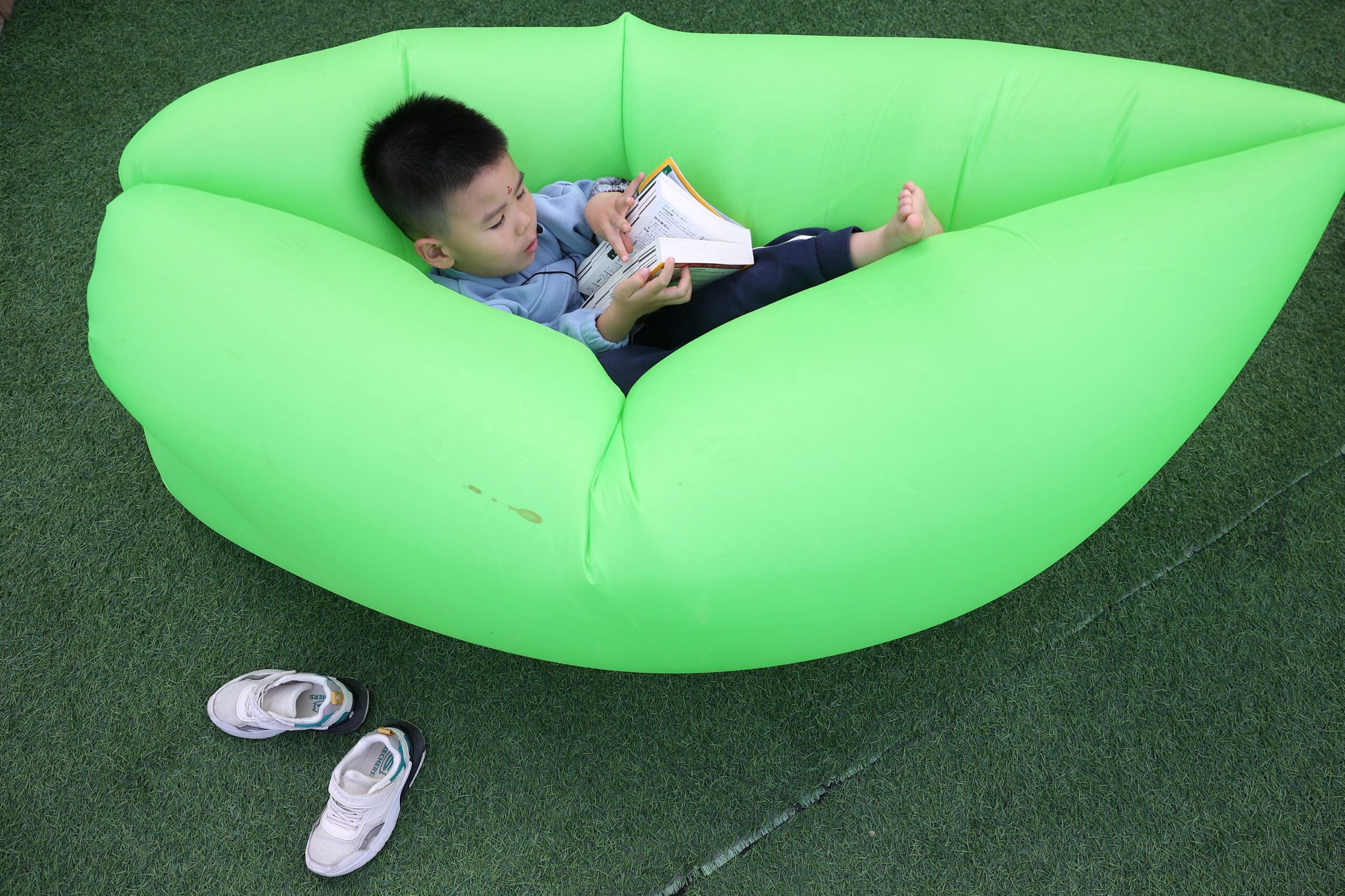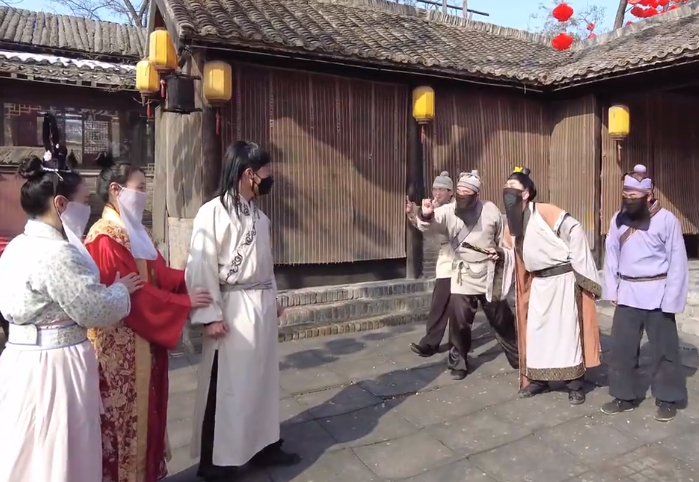China and Malaysia are working together to protect and promote the lion dance.
In late March, both countries submitted a joint bid to UNESCO to list the art form as a shared intangible cultural heritage.
This move follows a bilateral agreement signed last year. It confirmed their commitment to collaborate on the multinational nomination for UNESCO’s Representative List of the Intangible Cultural Heritage of Humanity.
Christina Yeo Ken Yin, undersecretary of Malaysia’s Ministry of Tourism, Arts and Culture, said the application process has gone smoothly. She added that the action plan includes joint performances during festivals, expanded symposiums, and a digital archive for research.
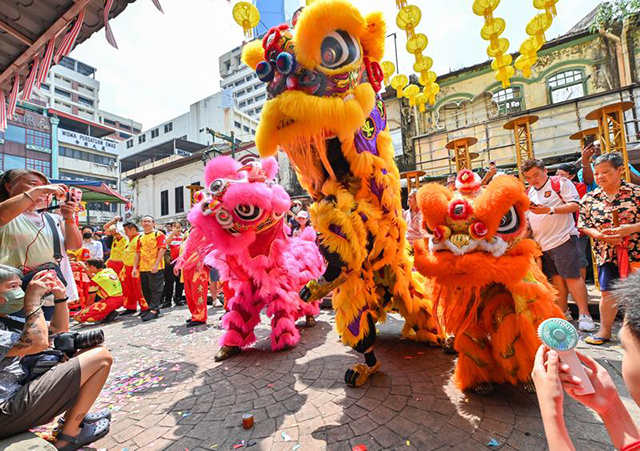
Innovation and Cultural Exchange
Lion dance communities in both countries continue to evolve the tradition. In Guangdong, Chinese artist Li Zujie has modernized the Suixi lion dance, a style rooted in his hometown of Zhanjiang. As a fourth-generation practitioner, he feels responsible for its survival.
To improve visibility during night shows, Li created a “Glow-in-the-Dark Lion” costume with LED lights. He faced setbacks at first, but he persisted. He taught himself programming and refined the design until it gained attention.
While styles differ across borders, Yeo noted that the differences enrich the art. “They make each other special,” she said.
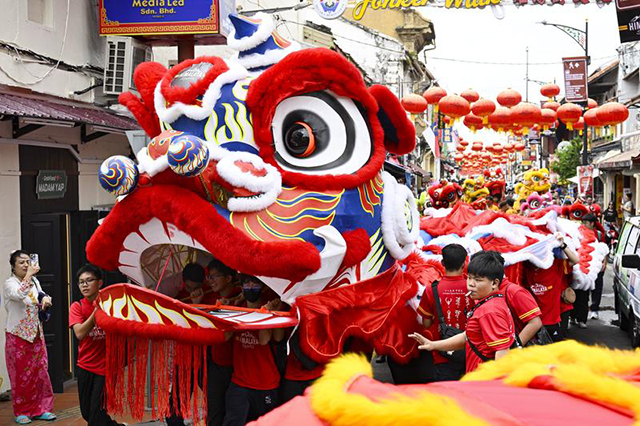
Malaysia’s Expanding Lion Dance Scene
The lion dance has a strong presence in Malaysia. Chinese immigrants brought the tradition generations ago, and it has since become part of the country’s multicultural identity.
Lee Kok Thow, former president of the Sungai Besi Chinese Hua Ti Dragon and Lion Dance Association, estimates that over 400 troupes now operate across the country.
Participation continues to grow. Yeo said that native groups in East Malaysia, such as the Iban and Bidayuh, have also joined in.
This diversity has sparked innovation. In the 1980s, Malaysian performers introduced the high-pole lion dance. Dancers leap between poles up to three meters high, combining tradition with acrobatics. Malaysia recognized this style as national intangible cultural heritage in 2007.
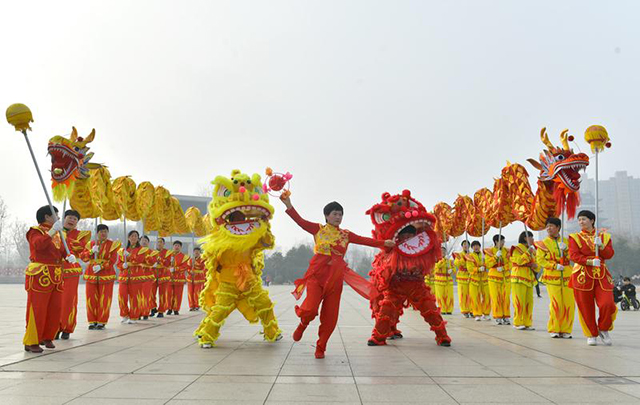
Masters and Global Influence
Siow Ho Phiew, known as Malaysia’s “Lion King,” helped shape the evolution of the high-pole style. At 70, he still performs, crafts lion heads, and trains students worldwide. He attended a joint nomination workshop in Guangdong last month to help finalize the UNESCO submission.
Siow said the joint application shows mutual respect and highlights the art’s full journey. He has trained over 150 students globally and often travels to China and other countries for competitions and referee courses.
In March, two Malaysian teams won second and third place at a high-pole competition in Hong Kong.
Chin Yew Sin, president of Malaysia’s Oriental Culture Research Centre, called for broader regional collaboration. He suggested including Thailand, Indonesia, and other Southeast Asian countries where lion dance thrives.
Written by Yi Shen, additional reporting by China Daily and CGTN
If you liked this article, why not read: Young Explorer Program Day 5: Embracing Jiangnan Water Village Culture



